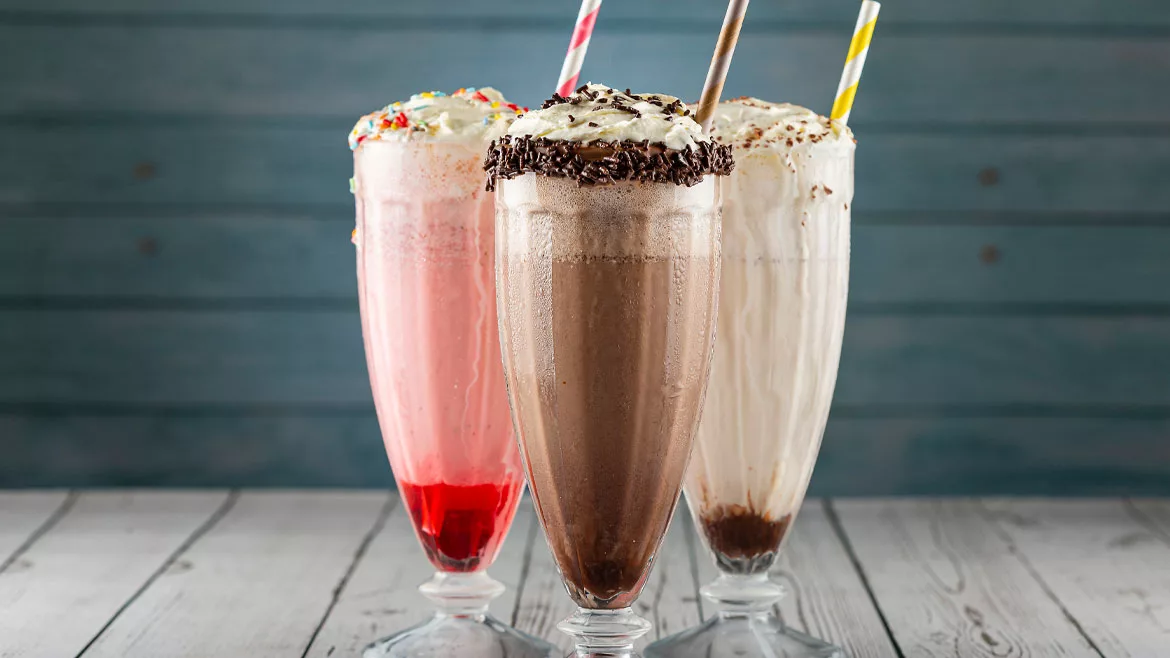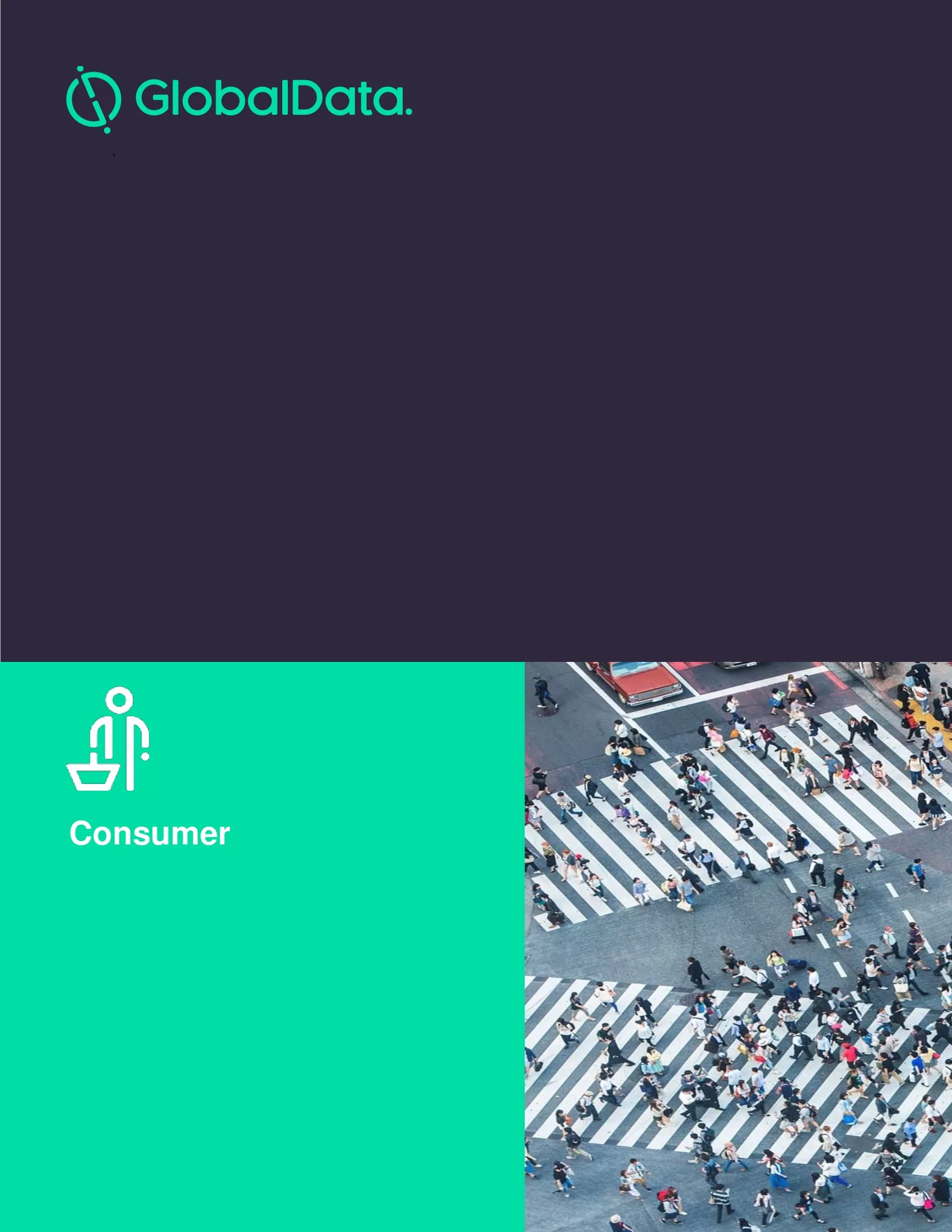Labels take on new shapes
Labeling materials adapt to packaging forms and functions
Imagine opening a cooler full of bottled soft drinks, water and beer only to find the labels peeling off or disintegrating. Labels are expected to hold up against environmental factors like water, ice and hot or cold temperatures. When they don’t, it can reflect poorly on the product. And if this happens at retail, it could even deter a consumer from purchasing the product.
For new consumers, labels oftentimes are a deciding factor for purchase. They help present information to the consumer, identify the product and offer shelf standout.
The first mainstream bottles were made from a straight-walled glass material, which featured a built-in relief to prevent labels from touching during shipment, says Louis Iovoli, vice president of strategic partnerships and marketing for Hammer Packaging, Rochester, N.Y. When PET bottles were invented, they replicated glass bottles, presenting a drop-in solution for the beverage industry. And as the technology became more accepted, beverage-makers began to innovate with unique shapes, adds Iovoli, who also is the current chairman of the Label Printing Industries of America.
“The form and function of bottles will continue to evolve, and as it does, it really puts a higher demand for labeling in shrinkable films to meet those forms and functionality,” Iovoli says. “Everybody wants something to make them stand out on the shelf. … The standard old bottles that all look the same, that’s going away.”
Material selection
Whether the bottles are made for form or function — or both — the bottle shape can greatly impact a beverage-maker’s labeling material choices. However, brand managers also must consider the product’s function, audience and placement at retail, among other things.
“The most important thing to do is to begin with the end in mind,” says Don Earl, president of Overnight Labels Inc., Deer Park, N.Y. “The labeling material should help convey the company’s message, however, graphics are the most important part of the label. The label material just supports the designer’s vision. Of course, you must ask the converter and co-packer if the specific substrate will work in the manufacturing process.”
Once a beverage-maker has selected its route-to-market and discovered the options available, it’s time to choose the appropriate label. Oftentimes, beer bottles make use of cut-and-stack labels because of their economics, Earl says. However, he does see the occasional inquiry for a shrink sleeve on a beer bottle. Functional beverage-makers, on the other hand, most often select shrink sleeves.
“PETG is the most desirable because of its excellent shrinkability and stability and its relative environmental friendliness,” he adds.
Likewise, PLA is another higher shrink percentage film for shrink sleeves, says Paul Pritchett, sales, marketing and technical manager of the Labeling Solutions Division of Printpack Inc., Atlanta. The company’s Affinia shrink film line is made from PETG, PVC, OPS or PLA film.
One of the company’s new materials is its Acro Affinia high percentage machine direction shrink film, which is roll applied. Printpack also offers a PETG shrink film under its NeoAffinia brand. This material is a white film that provides a matte finish look with a soft texture, he adds.
Film-based labels are a popular request due to their durability and moisture resistance, says Gwen Chapdelaine, marketing director for Elk Grove, Ill.-based Fort Dearborn Co.
According to Dawsonville, Ga.-based SleeveCo, shrink and stretch labels have grown in popularity. In addition to their ability to grab consumers’ attention on shelves, they can conform to any package shape and size, and provide tamper-proof evidence, SleeveCo says.
Stretch sleeves are one-piece, 360-degree, closed loop labels made from low density polyethylene, the company explains. They are applied with special stretch sleeve equipment, which opens and stretches the sleeve onto the container, which then adheres to the container utilizing the “memory” of the film, it adds.
“The procedure is simple and fast, so there is high application efficiency, and application speed is largely limited only by filler speeds,” SleeveCo says.
When it comes to using paper as a labeling material, Frontier Label Co. offers a line of 60-pound Estate papers with a slight ribbed texture. The labels offer significant wet strength to keep the material from disintegrating in water and the adhesive from separating from the paper, says John Flowers, prepress/customer service manager for the Greenville, S.C.-based company.
“It’s a thicker material, it doesn’t have a laminate on it and it kind of has a craft paper feel to it, so it’s a little bit nicer and it really stands out on a shelf compared to any sort of other material that would be non-textured, not quite as thick and would have to be laminated,” he says.
Interest in going green
“One of the trends that we’ve participated actively in on the shrink sleeve side is downgauging,” says Printpack’s Pritchett. “Label material is becoming thinner to generate a more positive sustainability result and to drive cost savings.”
Bruce Gordon, product services manager with Arjobex America Inc., Charlotte, N.C., also notices customers requesting thin films that are sustainable as well as more durable in-mold labeling (IML) films.
Frontier Label Co. is in the testing phase for two sustainable materials. The first is made from crushed rock particles and the other is made from post-consumer recycled material. However, the company hasn’t seen as many requests for green materials in the last year as it did in the two years prior, Flowers says.
When compared to other materials, sustainable options are typically much more expensive, Hammer Packaging’s Iovoli says. Considering the amount of resin used to make a bottle or cap and the energy used in distribution, the label is a small concern in the sustainability of a beverage, he says.
Nonetheless, customers are still seeking these materials, even though the demand might not be at its peak. Fort Dearborn, for instance, is seeing a growing interest in eco-friendly labeling materials. As a result, it offers a recycled wet strength paper for cut-and-stack label applications. It also offers soy-based inks; its HiColour printing eliminates the need for special PMS colors allowing for more effective combination sheet printing and reduces press make-readies and run quantities, Chapdelaine says.
For pressure-sensitive labels, Fort Dearborn offers PCR and tree-free facestocks as well as EarthFirst PLA film for pressure-sensitive and shrink sleeve applications, she says. In the future, Chapdelaine expects to see a continued trend toward downgauging labels and a growing interest in eco-friendly labeling materials, such as recycled paper, recycled wet strength paper, PLA films and soy inks.
Similarly, Overnight Labels’ Earl expects to be using more environmentally friendly films in the future.
The bottom line
However, because of the recession and rising prices, many beverage-makers are putting cost above sustainability when selecting a label.
“Customers are always looking for cost reduction opportunities,” Chapdelaine says. “We have successfully helped customers reduce costs through investigation of substrate and print method alternatives, supply chain management programs that leverage technology to reduce costs, and technical resources to help identify efficiency improvement efforts within a customer’s facility.”
As a small digital label printer, Frontier Label has the ability to reduce costs for its customers by printing smaller runs. This way, beverage-makers can keep the amount of product on the shelf that they know will sell quickly as opposed to buying it in bulk and keeping the product on shelves in a warehouse, Flowers says. Because the company isn’t built around a business model to print millions of labels per customer, it can provide shorter runs of labels and therefore, a shorter turnaround time, he adds.
In addition to saving cost by increasing speed, reducing resin weight and experimenting with different inks, Hammer Packaging puts 12 percent of its annual sales back into capital equipment every year, Iovoli says.
“Engineering has become more and more critical to the beverage industry and if you’re not investing in equipment, whether you’re a printer or a bottler … then you’re going to be left behind,” he says. “You need to be investing in the technology that allows you to fill a lighter weight bottle, to use a lighter weight label, to use different styles of labels … otherwise your case price [is] just not competitive.”
Considering aesthetics
While the function of the label is important, as Overnight Labels’ Earl highlights, the graphics are the most important part. Recently, the company began printing foil on shrink sleeves, which gave customers new decorating options that they didn’t have a year ago, he says. Earl believes this innovation, along with thermochromatic inks and other inks with special effects, will be used more often in the future.
For beverage-makers looking for an upscale look at a reasonable price, Fort Dearborn offers a variety of substrates. Synthetic materials for cut-and-stack labels, which are now available in clear, metalized and white colors, provide an upscale look in addition to durability and moisture resistance, Chapdelaine says. Clear film substrates in pressure-sensitive applications can provide a more natural and upscale look. And for shrink sleeve labels, high yield PETG film, a white substrate, provides an upscale matte finish that offers higher opacity and light blocking capabilities, she adds.
Frontier Label’s Flowers agrees, noting that putting a matte finish on a label makes it look classy no matter what’s printed on it. Another affordable option is metallic highlights, which can make a label stand out at any angle on a shelf, he adds.
“I think there’s a tendency to go to an extreme, either really overdoing a label and selecting as many options as possible or there’s the other extreme of going too simple and too basic and potentially not representing your company well,” Flowers says. “Even something as simple as the material can really speak on behalf of the company. I would advise beverage-makers to really think about what they’re trying to sell and then what would they want to carry the face of that because they’re not just selling the drink, they’re selling the packaging it comes in.” BI
Looking for a reprint of this article?
From high-res PDFs to custom plaques, order your copy today!




